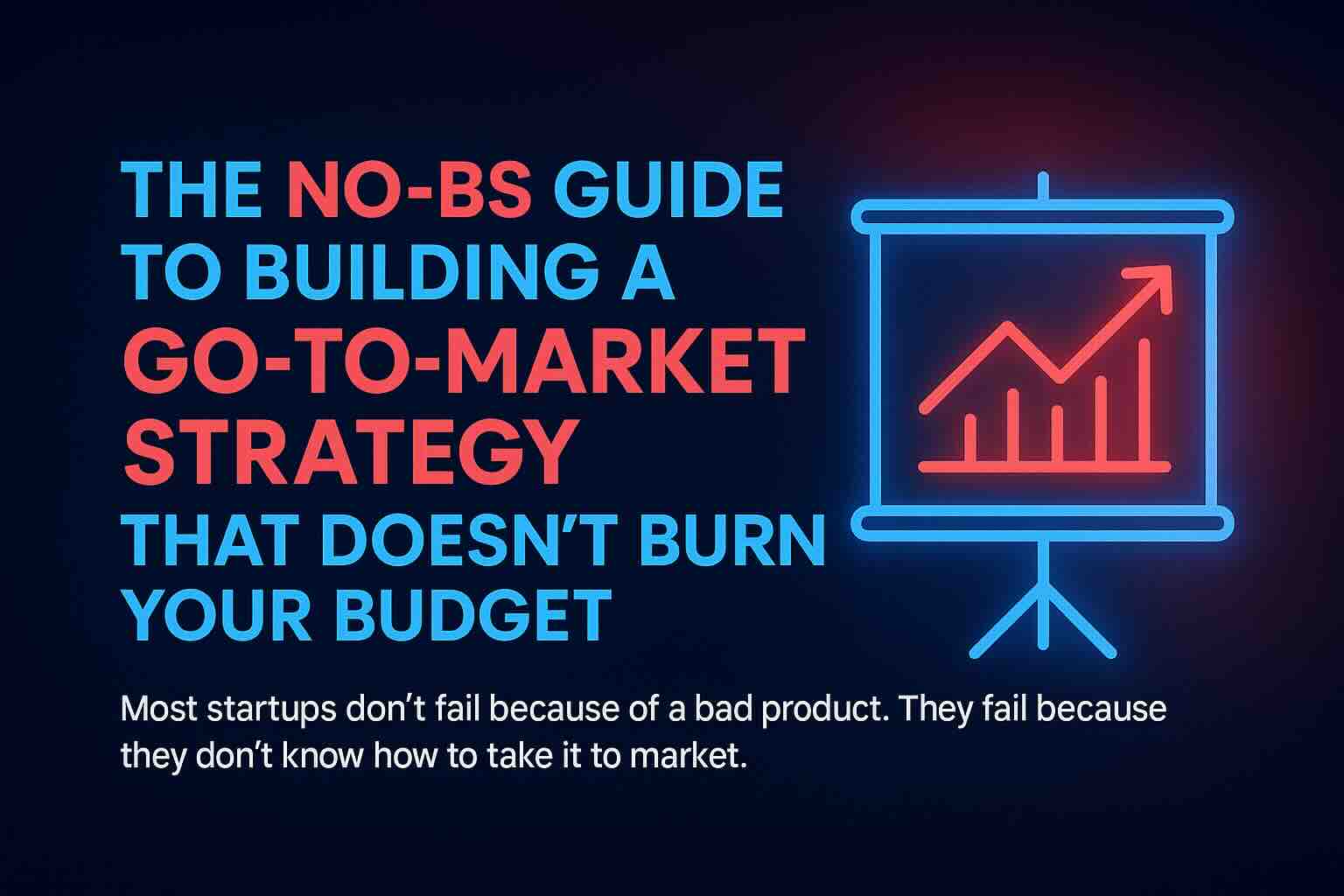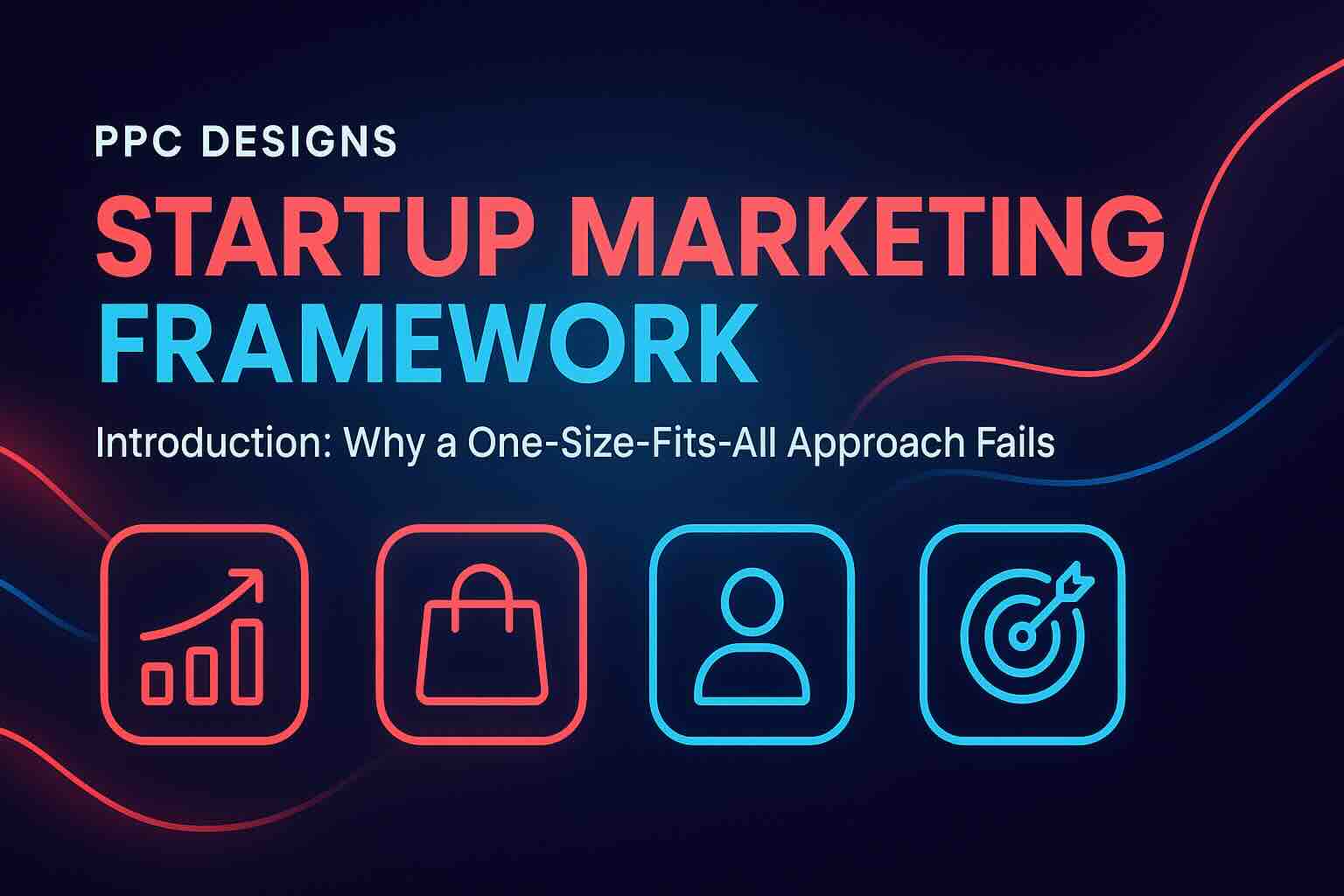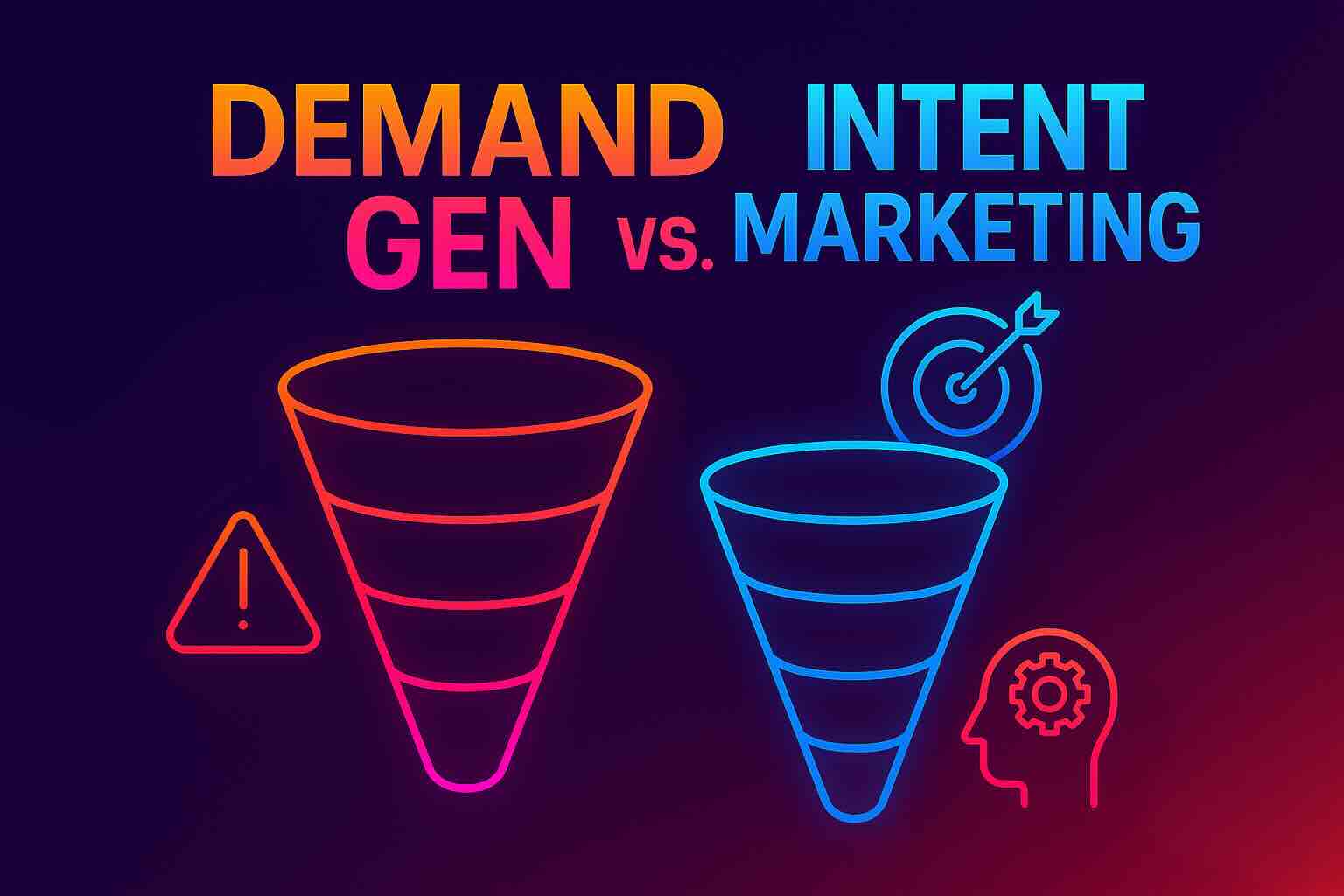Guide to Building a Go-to-Market Strategy That Doesn’t Burn Your Budget
Excerpt: Most startups don’t fail because of a bad product. They fail because they don’t know how to take it to market. This guide shows you how to build a go-to-market strategy using our proven Startup Marketing Framework—so you can scale smarter, not louder.
Building a go-to-market (GTM) strategy isn’t just a checklist—it’s your startup’s survival plan. It’s how you avoid wasting months chasing the wrong customers, burning cash on ads that don’t convert, or launching a product nobody understands.
We’ve helped startups at every stage—bootstrapped SaaS tools, scrappy eComm brands, enterprise B2B plays—build marketing engines that actually generate revenue. And every time, the same truth shows up:
Your GTM strategy needs to be path-specific, model-aware, and outcome-driven.
Here’s how to build one that works—using our Startup Marketing Framework.
Step 1: Diagnose Your Business Model
You can’t build a GTM plan until you know what kind of business you’re actually running. Our framework starts with five key questions:
- Revenue model – Are you selling subscriptions, one-off products, or closing high-ticket B2B deals?
- Offering type – Are you pushing a physical product, a SaaS tool, or a coaching service?
- Customer type – B2C? SMB? Enterprise?
- Growth strategy – Is this marketing-led, product-led, or sales-led?
- Awareness stage – Are you capturing existing intent or creating demand from scratch?
Once you’ve answered these, you’re not guessing anymore. You’ve got a roadmap.
Step 2: Choose Your GTM Path
Based on your answers, your GTM strategy will follow one of two main paths:
- Demand Generation: You’re introducing something new. Your job is to educate, inspire, and build trust over time. Think thought leadership, content marketing, email sequences, and paid social.
- Intent-Driven: Your market already exists. Now you just need to show up at the right time, in the right channel, with the right offer. Think Google Ads, SEO, landing pages, and retargeting.
This isn’t a binary forever—you can evolve. But starting in the right lane is what keeps your CAC from skyrocketing.
Step 3: Build the Foundations
Before you run ads or write content, lay the groundwork:
- Positioning: What’s your one-sentence pitch that makes people care?
- Customer Journey Map: Know your personas, their pain points, and the exact moment they convert.
- KPIs: Track what matters—CAC, LTV, ROAS. Not vanity metrics.
Most startups skip this and then wonder why their marketing “isn’t working.” Foundations aren’t sexy—but they’re what make scaling possible.
Step 4: Execute with Path-Specific Tactics
Now it’s time to execute—based on the GTM path you’re on.
If you’re generating demand:
- Build a content engine (blog, YouTube, podcasts)
- Launch gated lead magnets and email nurtures
- Use paid social to drive awareness and retargeting
If you’re capturing intent:
- Launch Google Ads and SEO pages
- Test offers on high-converting landing pages
- Optimize conversion flows and retarget drop-offs
Each tactic ties back to the path—and to your buyer’s journey.
Step 5: Customize by Model
Don’t copy Shopify’s strategy if you’re a B2B SaaS startup. Use the framework tracks to customize:
- Ecomm → Focus on CRO, product ads, and abandonment flows
- SaaS → Nail onboarding, churn reduction, and PLG mechanics
- B2B Enterprise → ABM, sales enablement, and multi-touch attribution
- Marketplaces → Balance dual funnels and build trust on both sides
- Mobile Apps → App store optimization, CPI ads, and retention triggers
Marketing that matches your model is marketing that performs.
Step 6: Scale Smarter, Not Louder
Don’t just spend more—optimize:
- A/B test offers, creatives, and pages
- Allocate budget by path and performance
- Use a monthly optimization calendar
- Track what’s working with real-time dashboards
Scaling isn’t about doing more—it’s about doing better, faster.
Step 7: Want Help? We Built This for You.
We turned this exact framework into a modular, battle-tested tool. Whether you’re a founder, head of growth, or marketing team of one—it’s built to guide you through every stage.
→ Want the full Startup Marketing Framework?
→ Need help building or executing your GTM strategy?
→ Book a clarity call or explore our done-for-you services.
PPC Designs Startup Marketing Framework by Joel Bondorowsky
Most marketing playbooks fail startups. Here’s the battle-tested framework we use to help founders go from confusion to clarity—and growth.…
Reading Time: 5 min
Is Your Attribution Model Missing 50% of Your ROI?
Campaigns for demand generation—like YouTube, Instagram, and Facebook video ads—get cut all the time. Not because they don’t work, but…
Reading Time: 5 min
Demand Gen vs. Intent: What Startups Get Wrong—and How to Fix It
[anchor id=1] Startup Founders: You’re Probably Spending Your Marketing Budget Backwards Here’s a hard truth I’ve seen play out again…
Reading Time: 4 min



